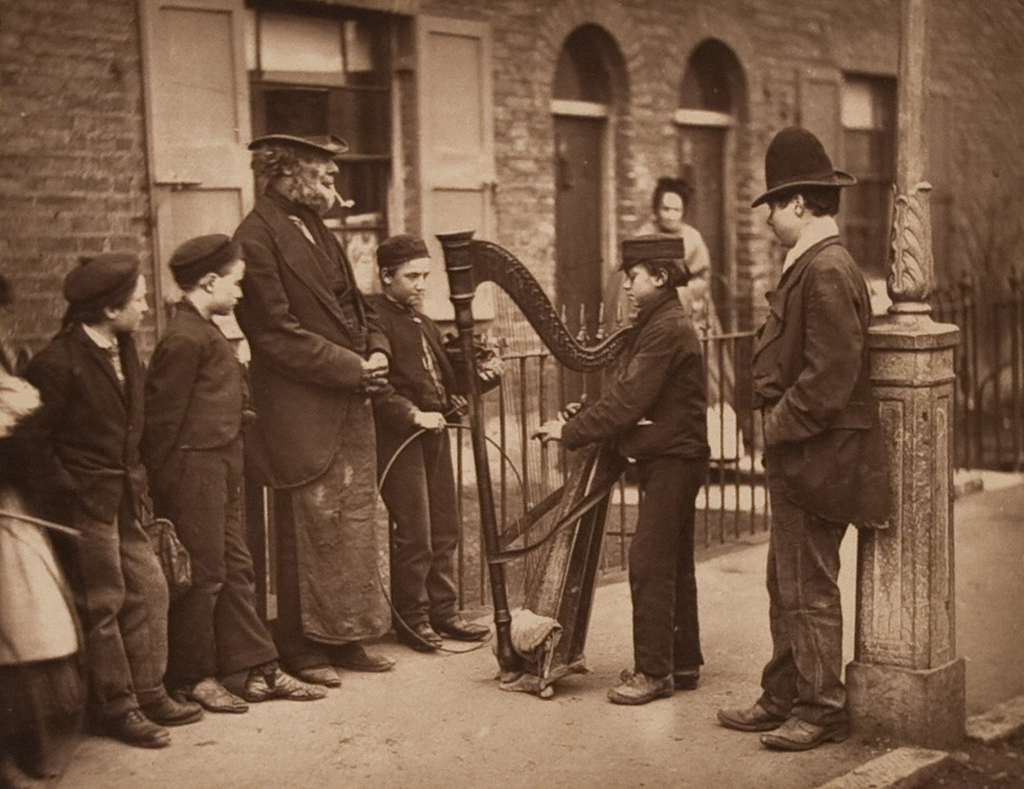Federico Viticci has written a beautiful post at MacStories about his relationship with mixtapes.
That may seem like awkward phrasing at first glance, but a life lived in music is a relationship—it tickles all the same emotional and intellectual complexities we’d find in any human interaction. Music is language, with greater depth than mere words can ever offer. It transcends the limitations of any individual tongue, communicating on a different and more universal level across borders and cultures.
Like any good art, music is colored as much by what we bring to the interaction as anything the artist has made. What we think of any individual song or piece is greatly influenced by our feelings, experiences, even the location where we hear it. They, in turn, imprint back on the music. Places, people, and feelings get wound into the music and the music gets wound into the places, people, and feelings until they are inseparable.
This leads to a feeling that the music is ours, or maybe even that the music is us. It’s woven so deeply into our lives that losing our music means losing ourselves.

We shouldn’t be surprised then, that creating a satisfying music service is so challenging. We also shouldn’t be surprised when music spills out of the artificial containers that companies build to contain it and mine it for revenue. Novelty is an essential part of the musical experience, and even the weakest streaming service already has more music than anyone could listen to in a lifetime. Most of it is waiting patiently for some chance encounter so it can imprint itself on our psyche.
As those of us who lived in the era of musical scarcity can attest, rarity may make music more precious, but that doesn’t mean people can or will pay for it. Music has been shared for millennia, by recordings when possible, by voice when necessary. Like all good art, it will be shared and it will be altered by the people it touches, usually in ways unexpected, unintended, and often infuriating to the original artist.
Mixtapes and their modern equivalents are audio samizdat, flowing from person to person through whatever medium offers the least resistance. Companies and artists who try to hold back that river do so at their own peril.
